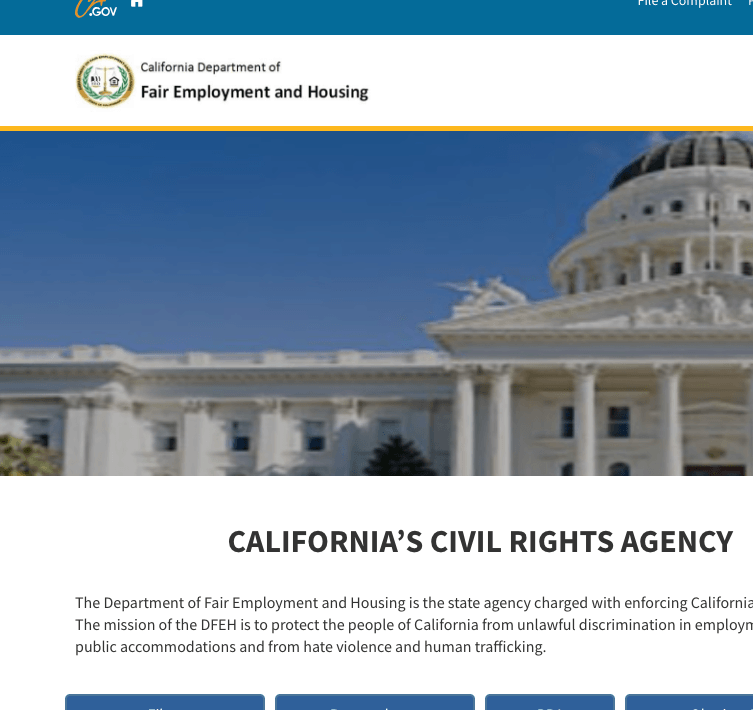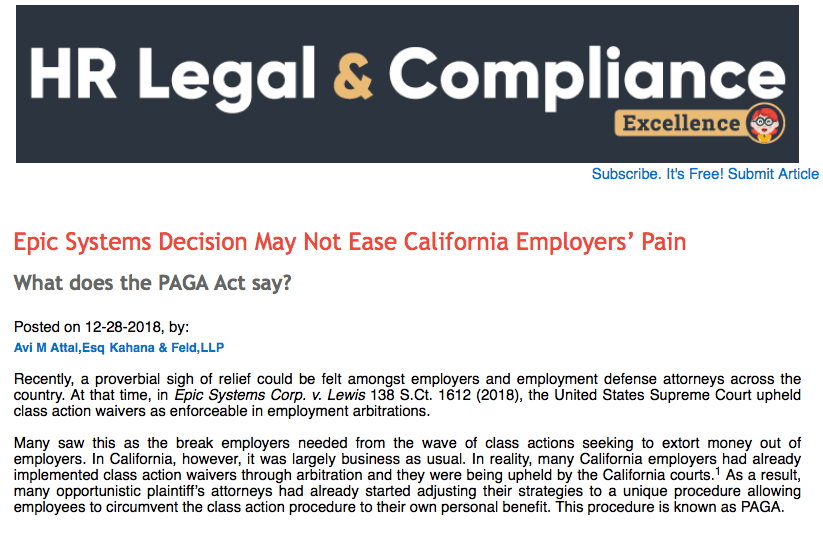The #MeToo movement has brought on more changes to the legislative landscape with California leading the charge. Governor Brown’s recent signing of SB 1343 now requires small business owners (five or more employees) to provide two hours of mandatory sexual harassment prevention training for supervisors and one hour of mandatory training for non-supervisors. This law is a big change from California’s prior long-standing requirement that only employers with at least 50 employees have to provide their supervisors with such training. Now, employers with five or more employees are required to provide sexual harassment prevention training to their supervisors and their non-supervisors.
Important Points
- Employers who have 5 + employees must provide two (2) hours of sexual harassment prevention training to all supervisory employees and one (1) hour of sexual harassment prevention training to all non-supervisory employees by January 1, 2020.
- Training must be completed by January 1, 2020.
- The training must occur within the first six months of the start of the employee’s position and every two years thereafter.
- Part-time, temporary, and independent contractors are included in the count towards the 5+ employee requirement.
- Employers need to also provide written harassment, discrimination, and retaliation prevention policies to all employees. Employers must also post required notices from the Department of Fair Employment and Housing and provide new hires with a sexual harassment information sheet.
- Employees who were trained in 2018 or before will need to be retrained because the law requires that employees be trained during the 2019 calendar year.
- Cost of training must be paid by employer.
Training must explain/include the following:
- The definition of sexual harassment under the Fair Employment and Housing Act and Title VII of the federal Civil Rights Act of 1964;
- The statutes and case-law prohibiting and preventing sexual harassment;
- The types of conduct that can be sexual harassment;
- The remedies available for victims of sexual harassment;
- Strategies to prevent sexual harassment;
- Supervisors’ obligation to report harassment;
- Practical examples of harassment;
- The limited confidentiality of the complaint process;
- Resources for victims of sexual harassment, including to whom they should report it;
- How employers must correct harassing behavior;
- What to do if a supervisor is personally accused of harassment;
- The elements of an effective anti-harassment policy and how to use it;
- “Abusive conduct” under Government Code section 12950.1, subdivision (g)(2).
- Discuss harassment based on gender identity, gender expression, and sexual orientation, which shall include practical examples inclusive of harassment based on gender identity, gender expression, and sexual orientation.
The DFEH expects to have its online training course available by late 2019. In the meantime, the DFEH is offering a “abusive conduct prevention toolkit” including a sample sexual harassment and abusive conduct prevention training.
Additionally, beginning January 1, 2020, California now requires that temporary, seasonal, or any employee that is hired to work for less than six months also be provided training within 30 calendar days after the hire date or within 100 hours worked, whichever occurs first. If the temporary employee is employed by a “temporary services employer” (as defined by the Labor Code), the training must be provided by the temporary services employer (as opposed to the employer).



